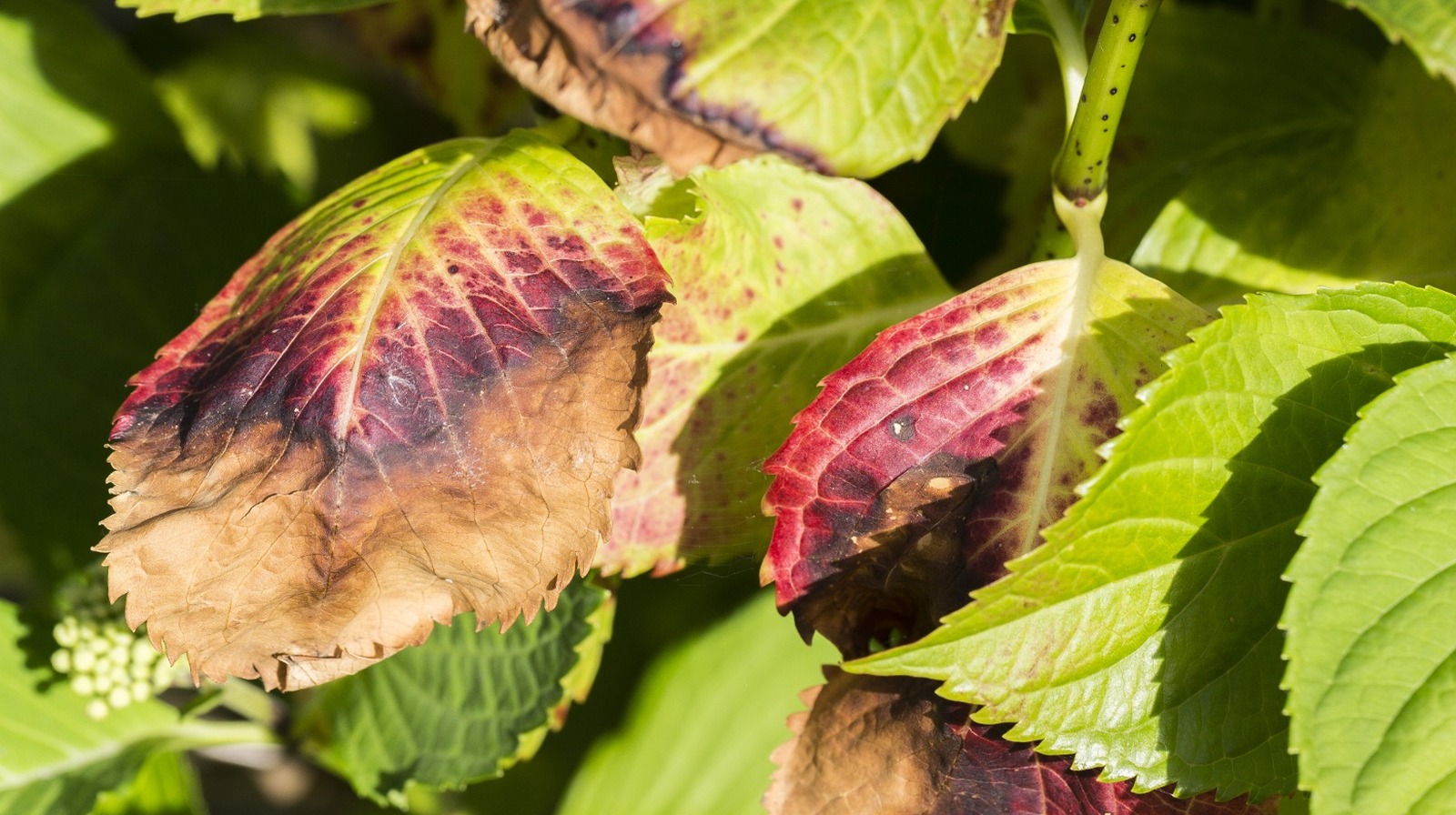9 Easy Facts About Hydrangea Leaves Turning Yellow Shown
9 Easy Facts About Hydrangea Leaves Turning Yellow Shown
Blog Article
The Ultimate Guide To Hydrangea Leaves Turning Yellow
Table of ContentsHydrangea Leaves Turning Yellow Fundamentals ExplainedThe Basic Principles Of Hydrangea Leaves Turning Yellow Some Known Facts About Hydrangea Leaves Turning Yellow.The Main Principles Of Hydrangea Leaves Turning Yellow
Hydrangea plants are known for their gorgeous blooms, but occasionally their fallen leaves can turn yellow. This is typically an indicator that something is incorrect and the plant needs your help. There are numerous feasible reasons of yellow fallen leaves on Hydrangeas, and luckily most of them are very easy to repair. Right here we'll cover one of the most typical sources of Hydrangea leaves turning yellow and how to repair them.Hydrangea leaves transforming yellow can be a cause for worry. Hydrangea leaves typically transform yellow when the plant is overwatered.
When the roots of a plant are submerged in water for extended periods, they start to stifle and rot. This process cuts off the origins' oxygen supply, triggering the fallen leaves to turn yellow and eventually die. Overwatering can likewise cause other problems such as leaf decrease, origin damage, and fungal growth.
If you assume your Hydrangea is overwatered, the most effective remedy is to let the dirt dry completely prior to watering again. It's also a good idea to examine the drain of your pot or yard bed and make sure that water is not merging around the plant's roots. Hydrangea plants require well-drained soil to flourish.
All about Hydrangea Leaves Turning Yellow
You must likewise make sure that you are not sprinkling your Hydrangea frequently. Watering as soon as a week need to be enough, and regularly if the weather condition is hot and completely dry. Hydrangea leaves can likewise transform yellow if the plant is not getting sufficient water. This takes place when the plant does not obtain adequate water, and the dirt begins to dry.

This is understood as "fertilizer shed," It occurs when the plant's origins are subjected to also much plant food. Various other indicators of plant food shed consist of brownish or yellow fallen leaves, wilting, and stunted growth.
This will certainly aid eliminate any kind of excess plant food from the origins of the plant. It's likewise a good idea to minimize the amount of her comment is here fertilizer you are using.
Rumored Buzz on Hydrangea Leaves Turning Yellow

If your Hydrangea is plagued with pests, dealing with the plant with neem or horticultural oil is the most effective remedy. It's likewise excellent to remove any afflicted fallen leaves from the plant. You can do this by hand or with a set of trimming shears. It's likewise an excellent idea to inspect the plant on a regular basis for bugs and eliminate them as quickly as you see them.
Hydrangea leaves can likewise turn yellow if the temperature emphasizes the plant. The leaves of the plant will certainly turn yellow and start to go down off.
If the temperature next page level emphasizes your Hydrangea, you need to move the plant to a place where it will be safeguarded from the severe chilly or heat. You can also attempt to provide the plant with some partial shade if revealed to route sunshine. You can also try adding compost around the plant base to aid control the temperature.
The Single Strategy To Use For Hydrangea Leaves Turning Yellow
When the plant's roots are submerged in water for also long, they begin to rot. One of the most usual origin rot symptoms is yellowing fallen leaves, as the fungus protects against the roots from taking in nutrients from the dirt.
Check the origins of your Hydrangea if it has origin rot. If some healthy and balanced origins are left, you can attempt to conserve the plant by replanting it in a brand-new pot with fresh soil.
If your Hydrangea is greatly influenced by root rot, starting with a brand-new plant is best. As Hydrangeas age, their fallen leaves will gradually turn yellow and brownish prior to falling off the plant.
You can aid the plant by ensuring it is getting sufficient water and nutrients. One opportunity is that the plant is not getting enough water.
Report this page